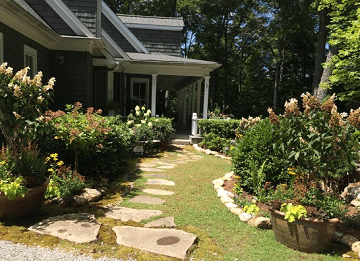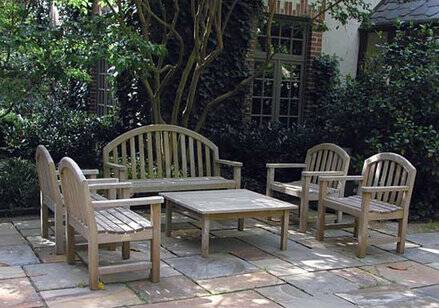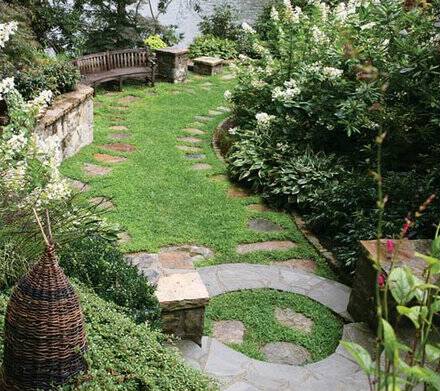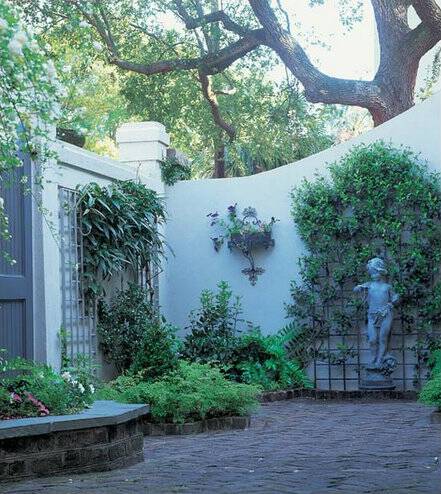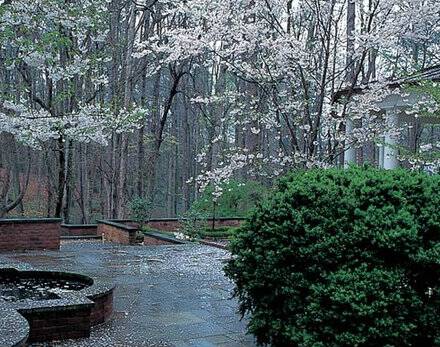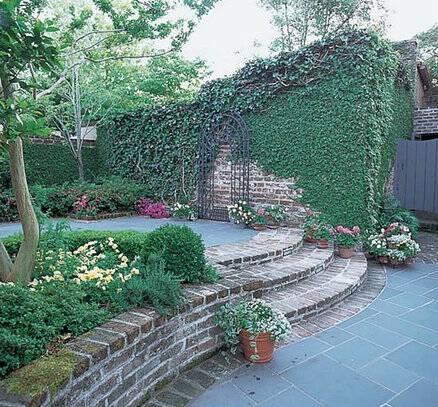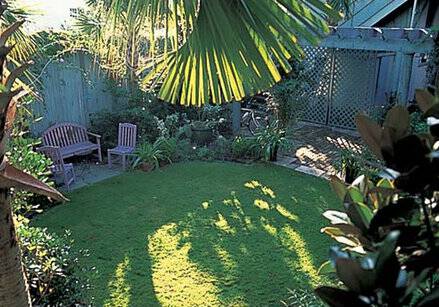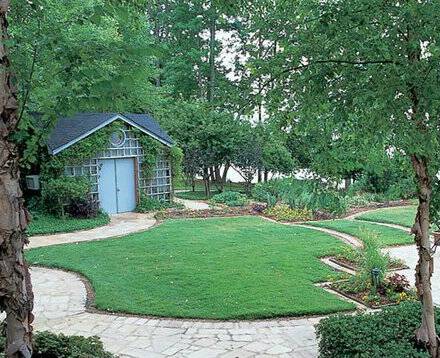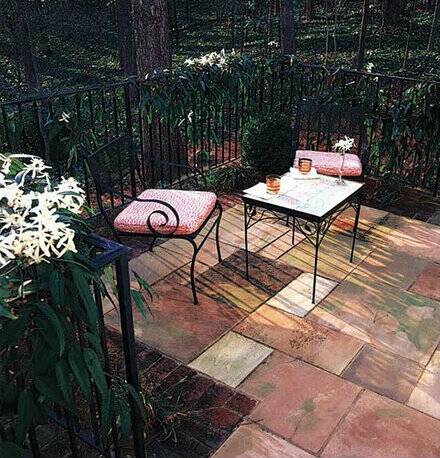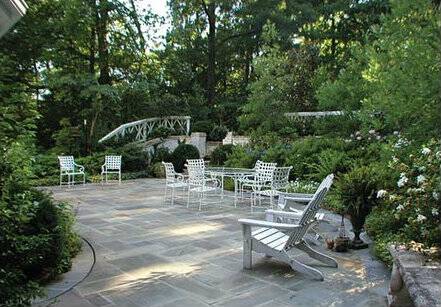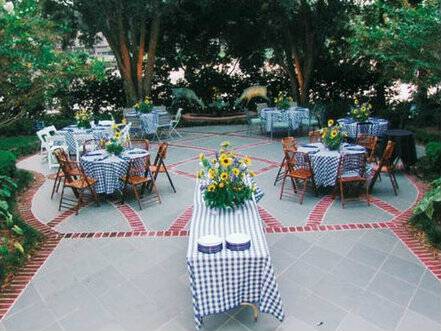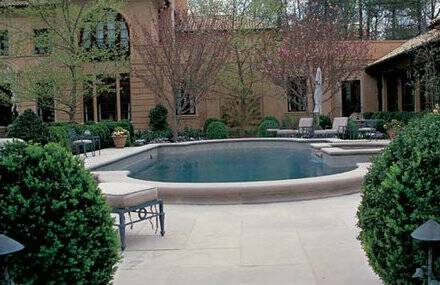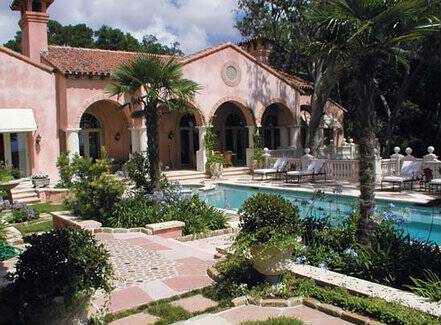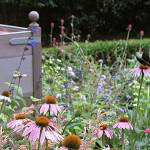 Pollinators in Peril
Pollinators in Peril
The iconic monarch butterfly, whose numbers have plummeted 90% in the last 2 decades, is pending listing approval as a threatened species under the Endangered Species Act(ESA). The Garden Club of America sent a resolution letter this week to Dan Ashe, Director of The Fish and Wildlife Service in support of the pending petition.
Why would you want to help this beautiful butterfly? Why help any pollinator ( bat, bees, butterfly, bird)? Pollinators serve an important purpose in sustaining biodiversity. In recent years, their survival has been compromised by climate change, habitat loss, pesticides, disease, and spread of invasive species.
You can help! By providing a plot of milkweed, the adult monarch will have a place to lay its eggs. These leaves provide the only food for the monarch caterpillar. The monarch’s dependence on milkweed is being threatened by genetically-engineered crops and pesticides that eradicate milkweed and thereby imperil monarchs and other pollinators.
There are many resources available from the Garden Club of America.
If you live in Atlanta, The Greater Atlanta Pollinator Partnership [GAPP] spearheaded by Georgia Highlands College (GHC), the Atlanta Botanical Gardens (ABG), and USDA Forest Service. The goal of the partnership is to develop pollinator-friendly habitat within a 25-mile radius of downtown Atlanta, 1.2 million acres. Individuals can register their gardens as part of the partnership at this website.
 Source:
Source: 